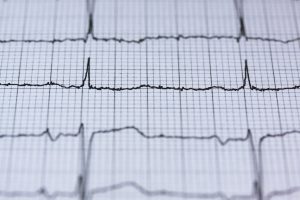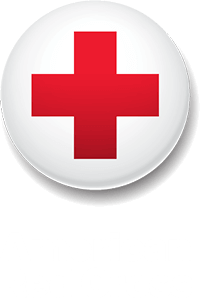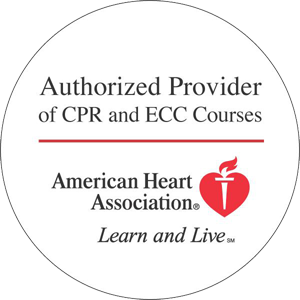The holiday season is a fun and special time of year – but it can also be stressful. The endless to-do list and hectic schedule, combined with short days, end-of-year projects at work, and potential family drama can take a toll. For those with high blood pressure, especially, the stress of the holidays can pose a very real health risk.

High blood pressure, or hypertension, is one of the leading risk factors for heart disease and stroke. Approximately 80 million Americans have high blood pressure, so it’s important to help our loved ones have a healthier holiday – and to make sure that at least one person at our holiday parties is trained in hands only CPR!
Here are a few tips for maintaining a healthy blood pressure this holiday season, courtesy of the American Heart Association.
Minimize Stress
This is a tough one, but it’s so important. Instead of focusing on your stress (which can actually make you feel even more stressed!), brainstorm some ideas for self-care and stress relief. Try shopping online to avoid crowds, or visiting the mall during off-hours. Perhaps you can leave a holiday party early to have a quiet evening at home alone. Schedule a massage or a pedicure – if nothing else, it’ll give you something to look forward to!
Avoid Sodium
Many of the holiday treats we love can be pretty bad for us. Instead of trying to abstain completely (which never really works), focus on making better choices when you can. Popular holiday party foods like cheese and cured meats are usually pretty high in sodium, so stick to the fruit and veggie tray instead!
Take Your Medicine – But Watch OTCs
In the busyness of the season, it’s common for everyday tasks – like taking medicine – to fall by the wayside. But if you have high blood pressure, it’s crucial for your health to keep your medicine routine constant. If you’re having trouble remembering to take your meds, talk to your doctor about potentially finding a different prescription.
On a related note, be wary of taking over the counter medications – specifically cold and flu medicine with decongestant. These can increase your blood pressure. If you’re suffering from seasonal illness, ask your doctor to recommend a safer alternative.
Happy Holidays from HeartCert!
HeartCert CPR is your trusted training partner for First Aid and CPR in Minnesota. Find your CPR Class, PALS Class, BLS Class or ACLS Class at any of our Minnesota locations:
- HeartCert CPR Minneapolis
- HeartCert CPR St. Paul
- HeartCert CPR Burnsville
- HeartCert CPR Eden Prairie
- HeartCert CPR Richfield
- HeartCert CPR Woodbury
- HeartCert CPR Eagan
- HeartCert CPR Brooklyn Park
- HeartCert CPR Blaine
- HeartCert CPR St. Cloud
- HeartCert CPR Rochester
- HeartCert CPR Mankato
- HeartCert CPR Duluth
We also partner with Appleton and Anchorage for select classes.









